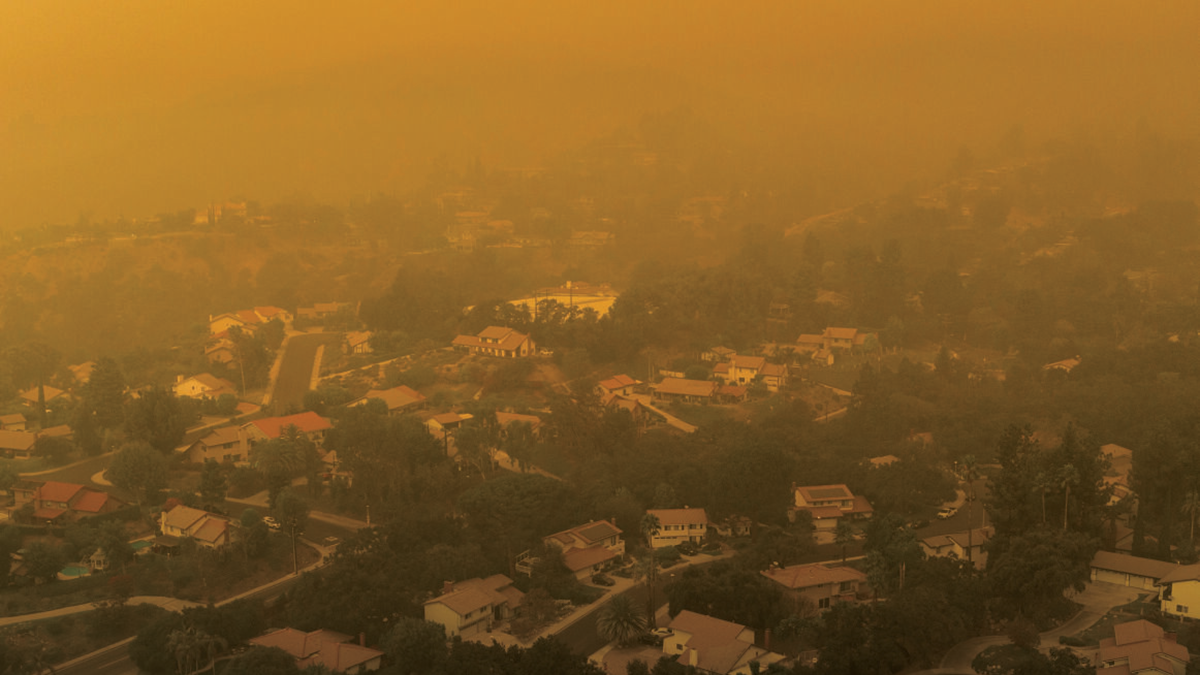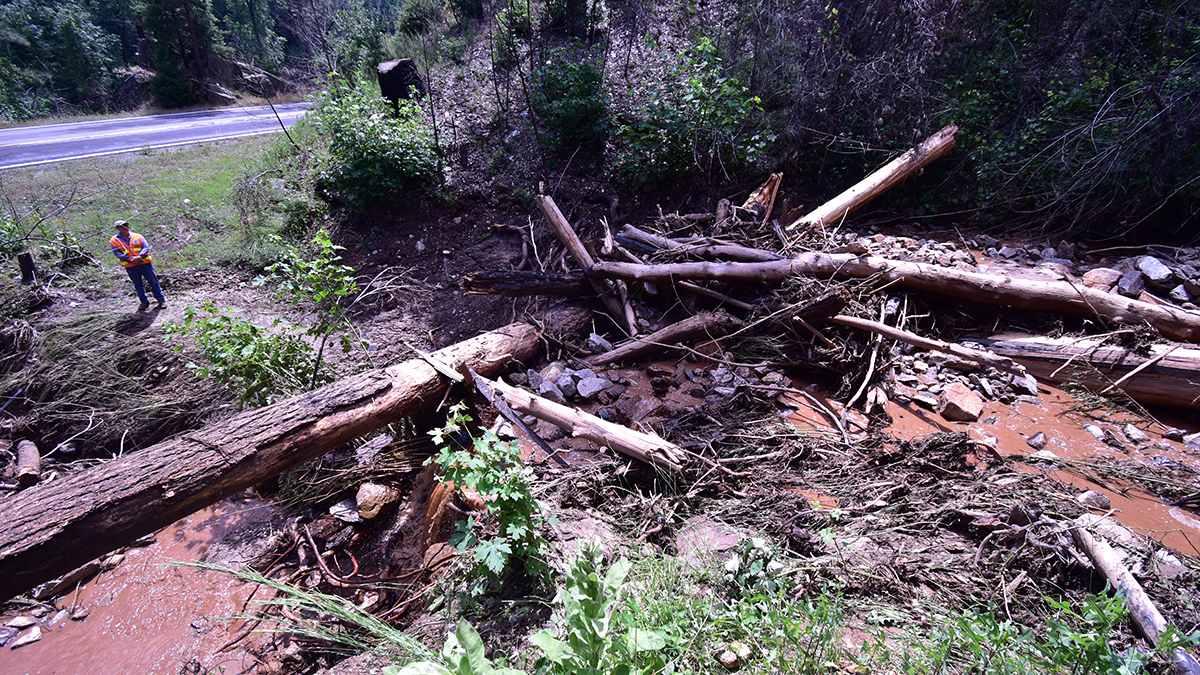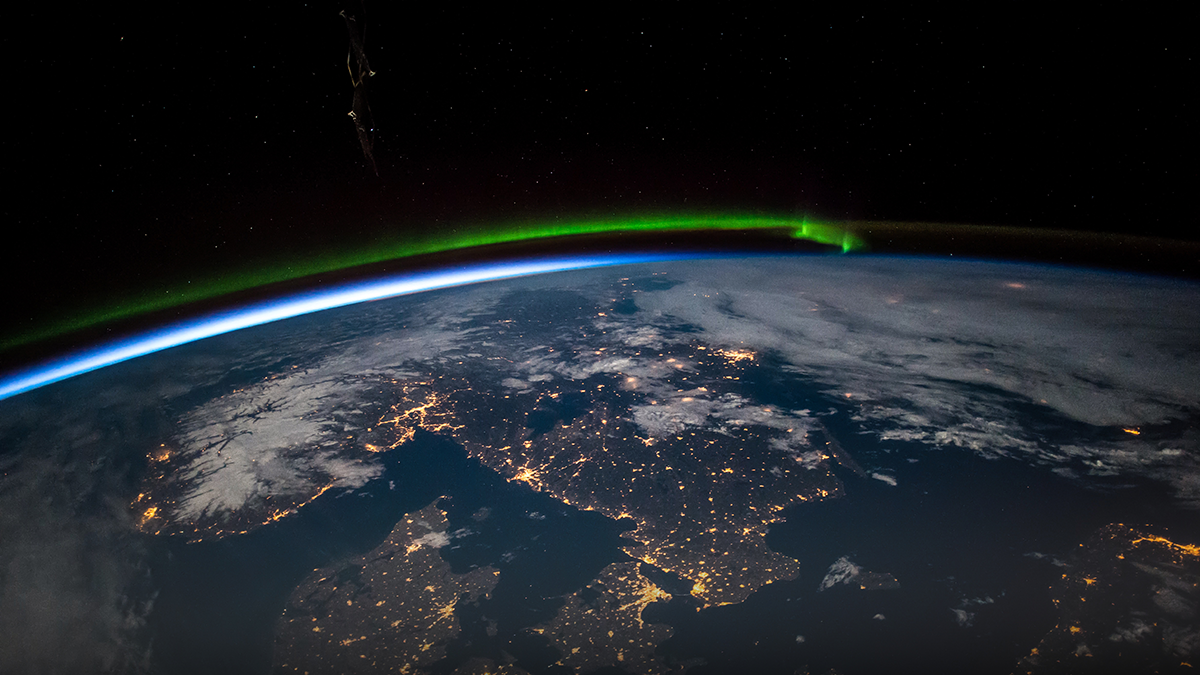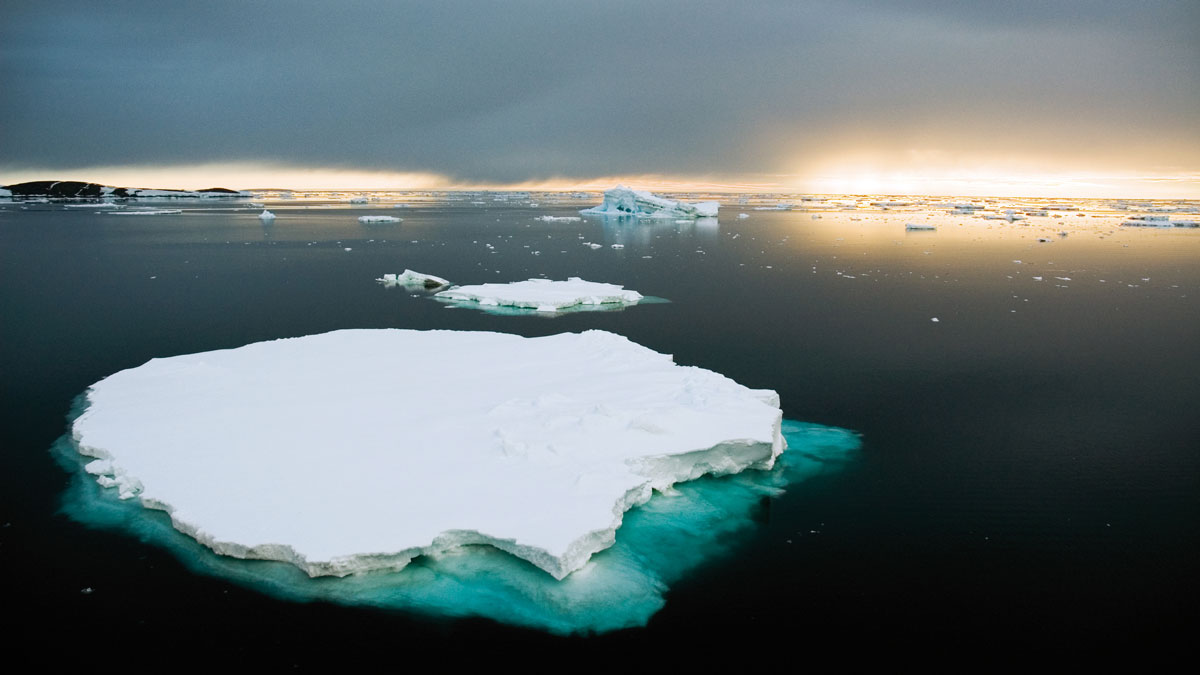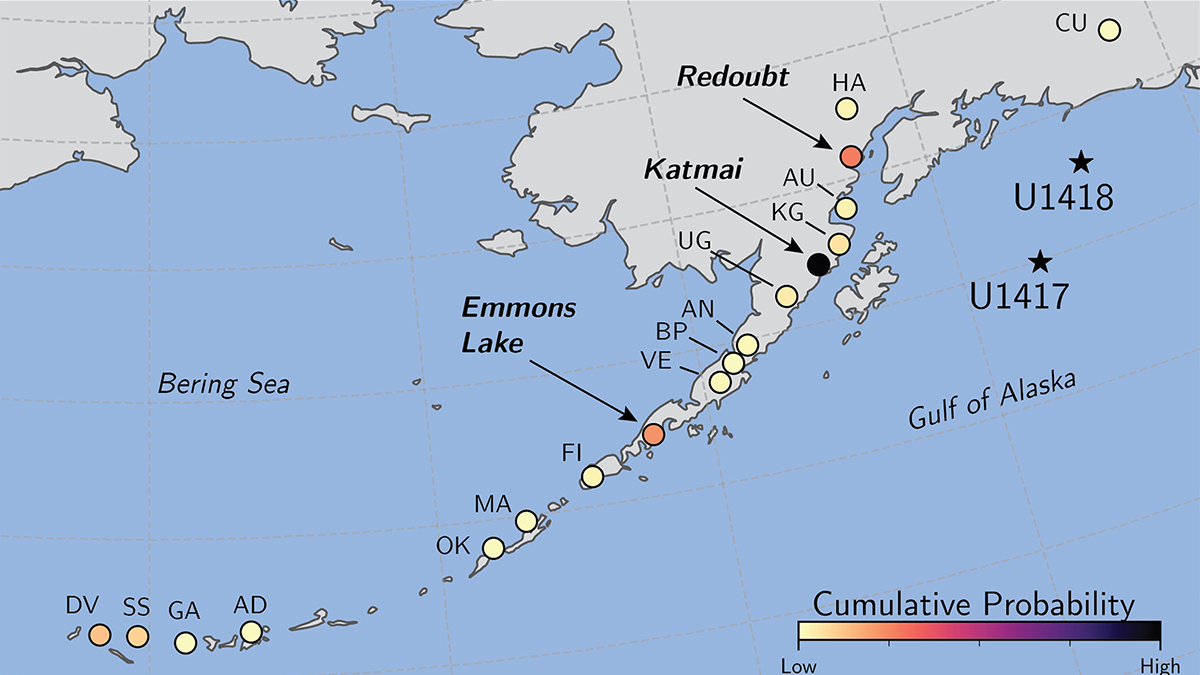A transdisciplinary reference guide to investigating relationships between biomass burning during landscape fires, the smoke it creates, and the impacts on human health and well-being.
Modeling
Postfire Debris Flows Strike in a Puzzling Pattern
California geologists are improving their understanding and forecasting of which slopes in wildfire-burned areas might fail during heavy rainstorms.
Nutrients at Depth Can Be Uplifted by the Kuroshio Large Meander
Aperiodic, southward deflection of the Kuroshio, a.k.a. the Kuroshio large meander, uplifts the nutrients in deep layers to induce offshore phytoplankton bloom.
JGR: Machine Learning and Computation is Open for Submissions
The founding Editor-in-Chief discusses how AGU’s newest journal will capture critical advancements of the techniques moving scientific discovery forward.
Urban Greening Could Help Achieve Carbon Neutrality Goals
A new modeling framework highlights that urban greening is a sustainable solution to achieve environmental co-benefits in mitigating heat and carbon emissions.
Weathering of Rocks Can Release Carbon Dioxide
New research upends the notion that the weathering of rocks mainly removes CO2 from the atmosphere. Rocks can also be carbon sources, releasing as much CO2 as Earth’s volcanoes.
A Crystal Ball for the Carbon Cycle, But a Cloudy One
Carbon cycle models quantify relationships between emission scenarios and resulting atmospheric concentrations, but are the projections credible? New analyses find grounds for both hope and concern.
Climate Tipping Points Could Be Triggered by “Committed Warming”
Unless we rapidly reach net zero emissions, the climate will inch closer to a point of no return—even after greenhouse gas emissions are reduced.
Machine Learning Identifies Source Volcanoes of Ash Deposits
Tracing ash layers from explosive eruptions back to their source volcanoes is needed to evaluate hazards to population and aviation, a problem addressed by a new machine learning classification method.

